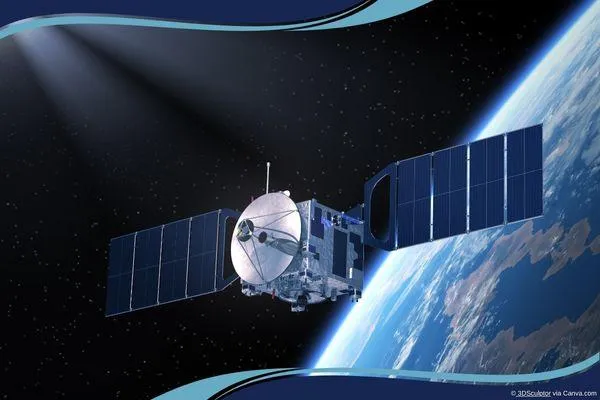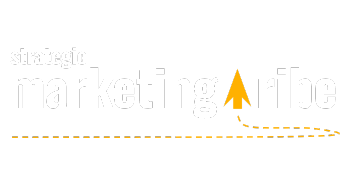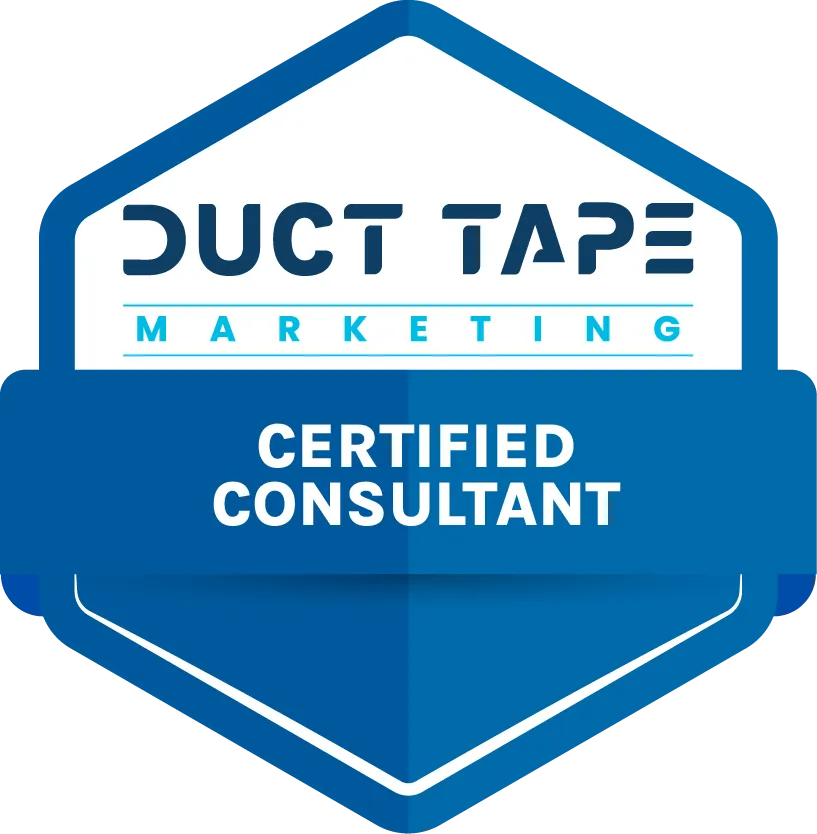STORY, MEET STRATEGY
Let’s make marketing feel less robotic and more real.
Find resources that bring your message – and your business – to life.

Starlink and SA Ownership Laws—What 2025’s Policy Shift Means for Small Business Internet Access
By Vicky Sidler | Published 3 June 2025 at 12:00 GMT
Let’s face it: running a business in South Africa without reliable internet is like running a marathon in flip-flops (or plakkies). You can try, but it’s going to be painful, slow, and unnecessarily difficult.
So when a name like Starlink enters the chat, promising fast, stable satellite internet even in the most remote areas, you’d expect a nationwide standing ovation.
Except, of course, for one thing: South Africa’s local ownership laws.
The 30% Barrier:
Under the Electronic Communications Act, any foreign-owned communications provider operating in South Africa must sell 30% of its local equity to historically disadvantaged groups. The goal is valid: economic transformation. The outcome, however, has been mixed—especially when it comes to attracting high-impact global players like Elon Musk’s Starlink.
Starlink’s parent company, SpaceX, called the requirement a deal-breaker. And until now, that’s kept the world’s most buzzed-about satellite internet provider firmly out of reach for South African small businesses.
The New Proposal—Equity Equivalents:
But here’s where it gets interesting. According to Reuters, South Africa’s Communications Minister Solly Malatsi is proposing a workaround: equity-equivalent investment programs.
Already common in industries like automotive, these let foreign companies invest locally (think: digital infrastructure, small business support, skills development) instead of selling off equity. In short, they can contribute in ways that still drive transformation—just without changing their ownership structure.
The proposed shift aims to give clarity and flexibility, encouraging more global players to enter the market, while still holding them accountable for uplifting the local economy.
Why Small Businesses Should Pay Attention:
As a Duct Tape Marketing Strategist and StoryBrand Certified Guide, I help business owners build systems that keep running—whether you’re working in Sandton or Sutherland.
And here’s the thing: faster, more stable internet could be a game-changer for small businesses, but only if the rest of your systems are ready to scale with it.
That means:
Your website needs to load fast and convert visitors
Your sales funnel should guide prospects without hiccups
Your marketing message must be clear, compelling, and consistent
If those pieces aren’t in place, a faster connection just helps you fail faster.
What You Should Actually Do:
You don’t need to call your ISP or speculate on regulatory timelines. Instead, focus on what you can control—your marketing system.
Here’s a plan that aligns with what I teach in my StoryBrand Marketing Course and implement for clients:
1. Run a website check:
How fast is your site loading? Is the mobile version working? Are leads converting? A slow or confusing site will waste even the best broadband.
2. Clarify your message:
If someone lands on your homepage, can they understand what you do in 5 seconds or less? If not, that’s your first bottleneck.
3. Build a simple system that runs in the background:
Whether it’s email automation, pre-scheduled content, or lead magnets tied to real customer problems, create a setup that works with or without you—and definitely without buffering.
Want to Stay Visible No Matter the Signal?
If your current marketing message is muddled, vague, or trying to do too much, start here.
Download my free 5-Minute Marketing Fix. It’s a printable one-pager that helps you write a clear sentence about what you do and why people should care—no jargon, no fluff, no waiting for fiber.
Because no matter how fast the signal, your message still needs to land.
READY TO MAKE YOUR MESSAGE MATTER?
Enough with the bland, forgettable, soulless AI Content – we design StoryBrand marketing that feels human and actually connects.
Created with clarity (and coffee)






